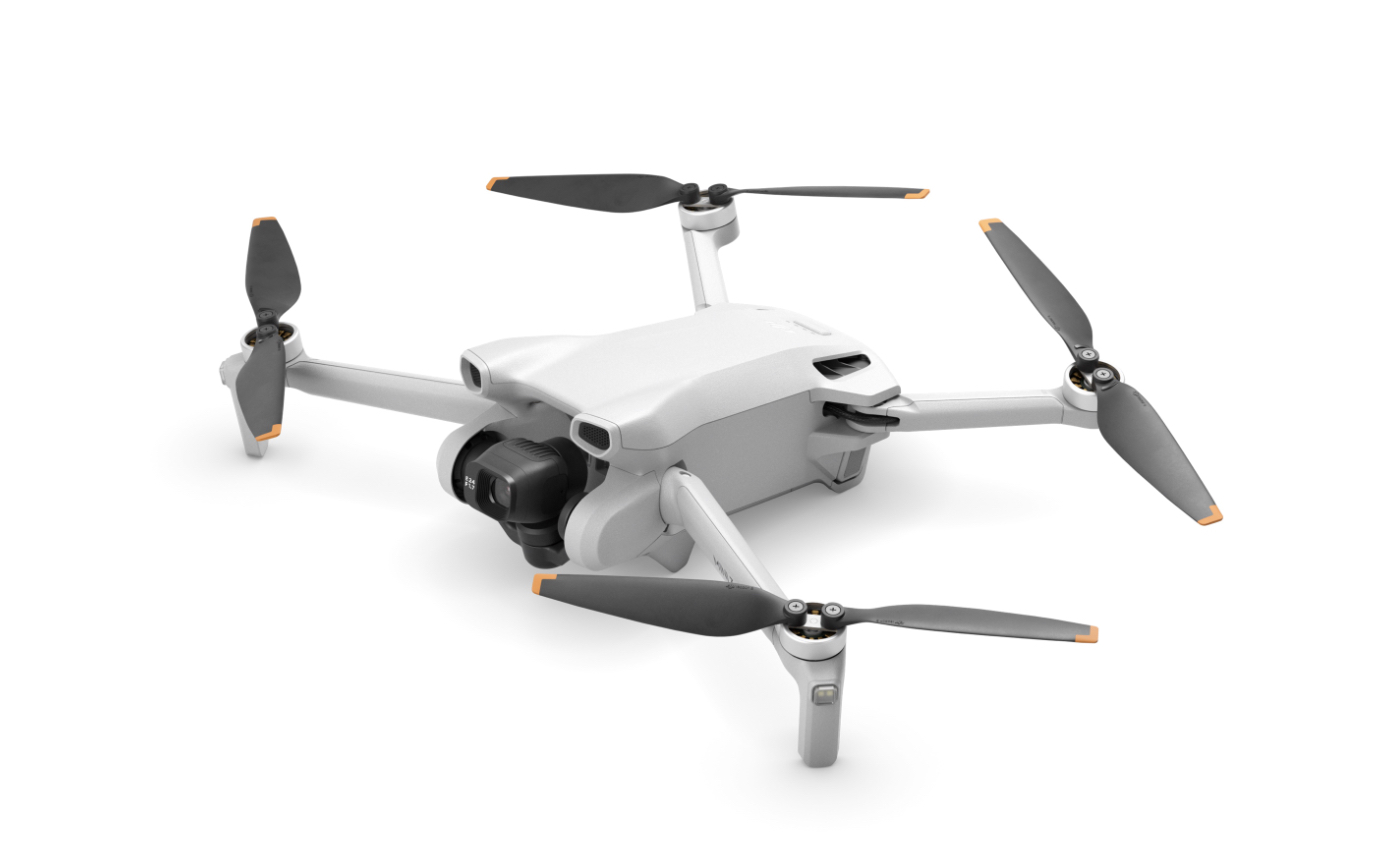DJI Mini 4 Pro vs DJI Mini 3 Pro: which is best for you?
Has DJI managed to significantly set the Mini 4 Pro apart from its predecessor?
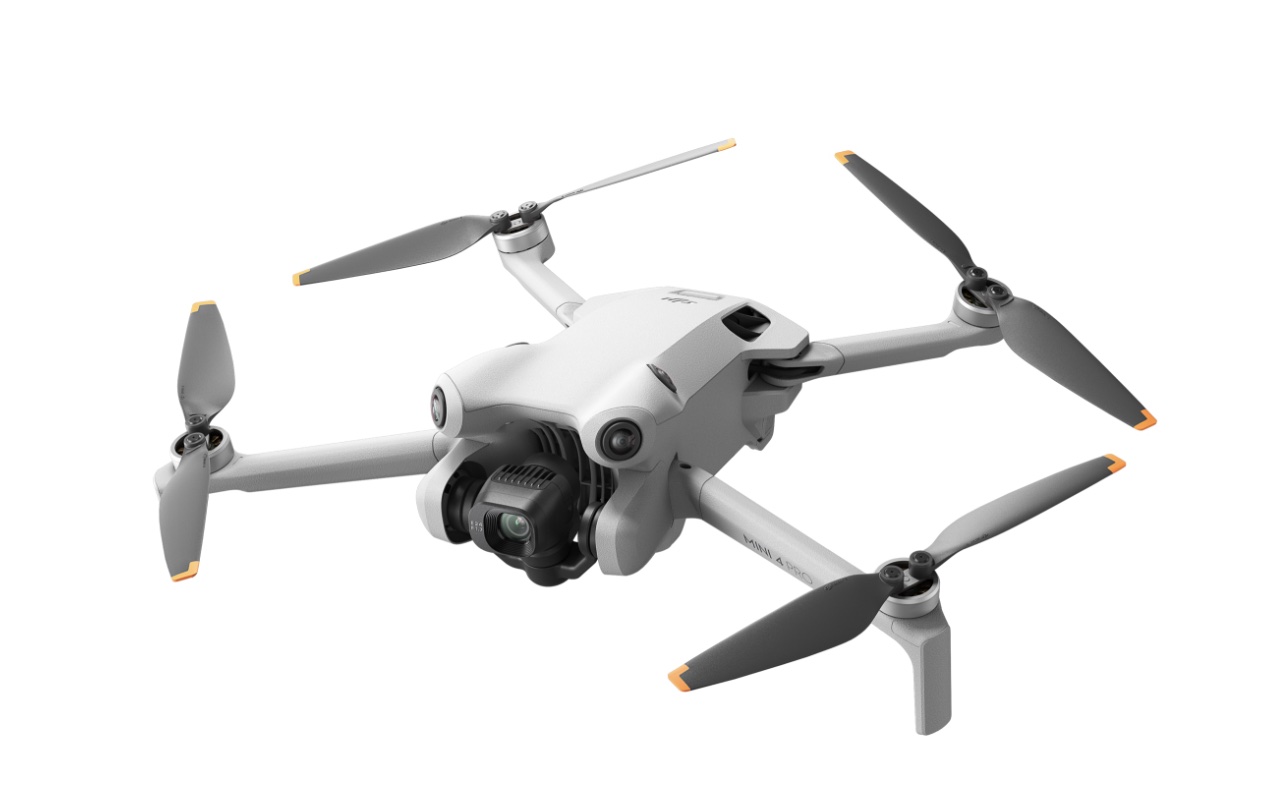
The DJI Mini 4 Pro is a superb sub-250g drone with features that make it ideal for professional and enthusiast use alike.
For
- Improved video features
- Omnidirectional Vision Sensing
- Remains under 250g
Against
- Upgrades may not tempt Mini 3 Pro owners
- Not suited to windy conditions
- Fixed-aperture camera
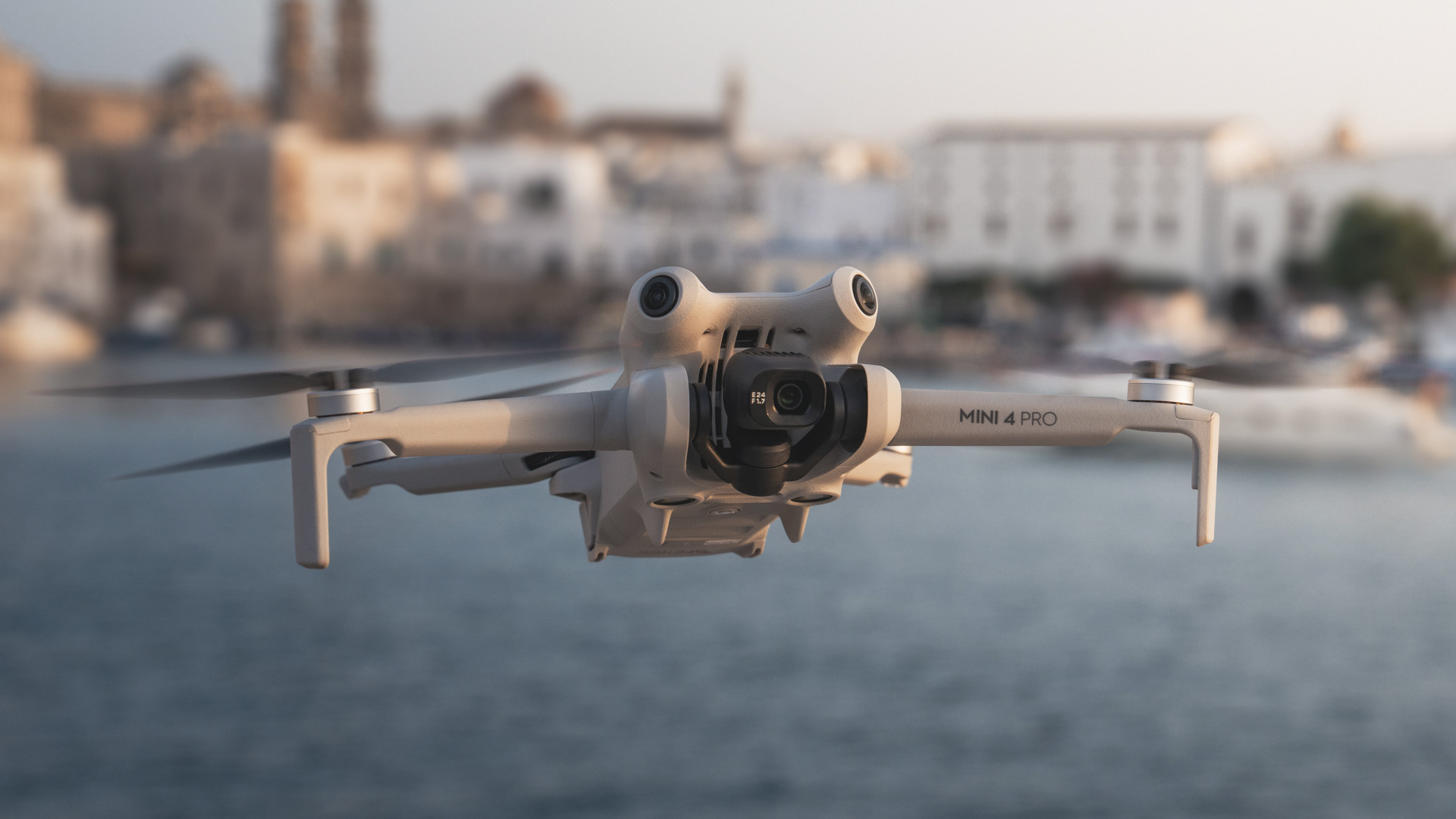
The DJI Mini 3 Pro hit the shelves in May 2022 and received widespread praise. DJI introduced a wide range of professional features packed inside a super-compact 250g body, with it overnight becoming the best drone in its class by a significant distance. It delivered amazing image quality; it was small in size and therefore noticeably light-weight; plus the new features made all other drones in its class envious. At the time of our Mini 3 Pro review, we labelled it “the best compact drone you could buy.”
Then, in September 2023, came the DJI Mini 4 Pro – which has further built on the qualities of the already impressive Mini 3 Pro. The Mini 4 Pro has become the benchmark for sub-250g drones and has cemented itself as a high-performing model for both keen enthusiasts and professionals alike. We carried out a full DJI Mini 4 Pro review and found it to be “the best sub-250g drone currently available”.
The Mini 4 Pro definitely brings incremental changes rather than being a full on game-changing upgrade. Its additional features bring it closer to the DJI Mavic 3 and the DJI Air 3; but there are too many similarities to see it significantly set apart. Both the Mini 3 Pro and Mini 4 Pro models can manage obstacles well, and utilise the same impressive 1/1.3-inch sensor.
Which begs the question: if you’re a Mini 3 Pro owner, should you upgrade? Let’s have a look at these two drones side by side.
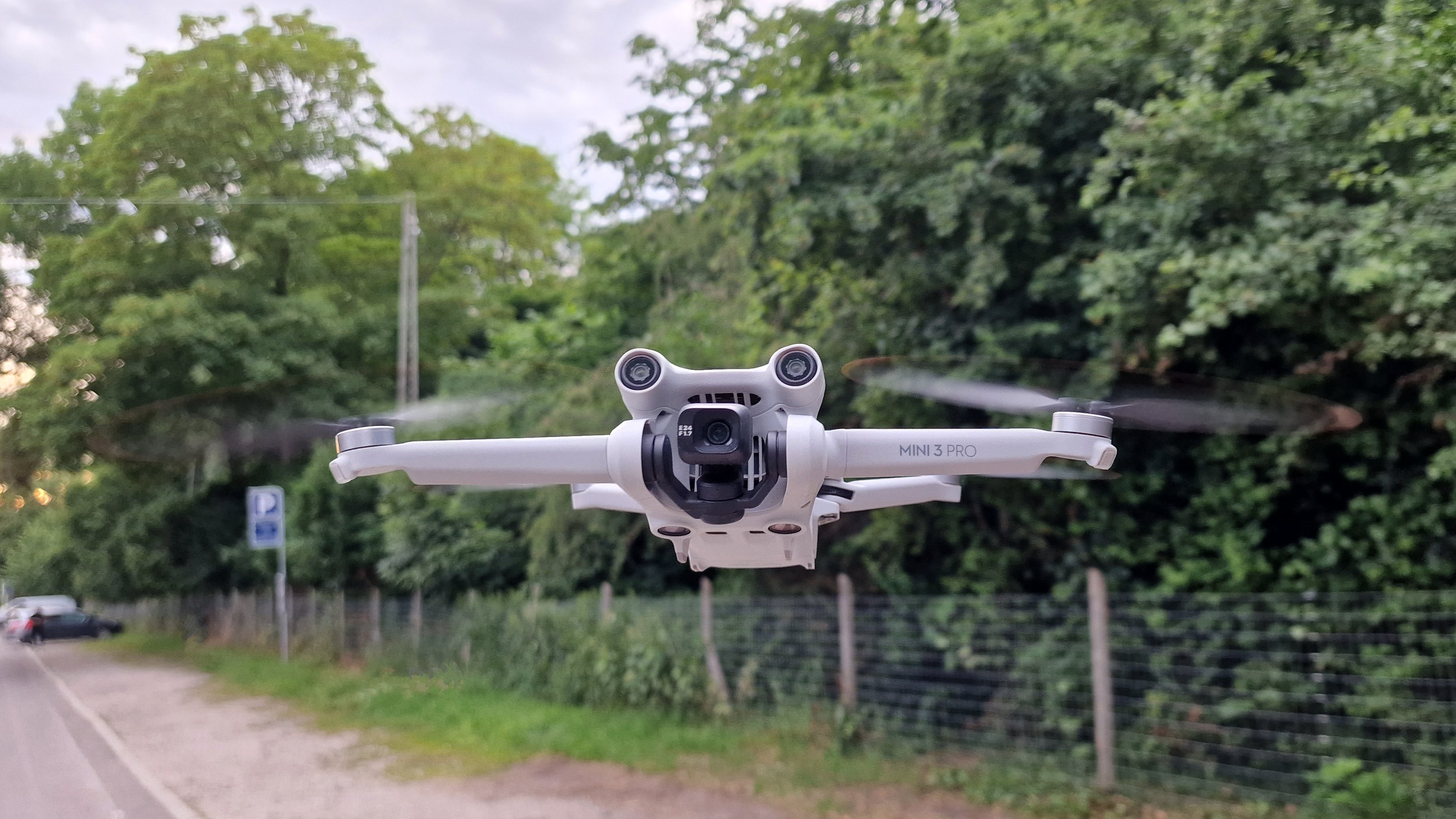
DJI Mini 4 Pro vs DJI Mini 3 Pro: Design and Controller
- Small and lightweight folding design
- DJI RC Smart Controller available on both
There's very little to separate the design of these two drones. They're both highly portable, arriving at a regulator-friendly diminutive size and weight, and with a handy folding design. Those who upgrade from the Mini 3 Pro might be disappointed by how similar the design is; but, as the saying goes, if it ain't broke, don’t fix it. The Mini range is compact and remarkably light weight, while still packing a punch in terms of features and build quality.
When it comes to the build, the only thing that's different on the Mini 4 Pro is the inclusion of the Omnidirectional Collision Avoidance sensors on the top of the airframe and an Auxiliary Light on the bottom. We’ll go into more detail about these sensors later, but keeping the weight under 250g while introducing this collision avoidance hardware is nothing short of impressive.
As you'll discover as you read on, the new additions position the Mini 4 Pro much closer to Mavic 3 models in terms of flight and video features.
Depending on your budget and needs, the Mini 4 Pro is available with two controller options. The DJI RC-N2 features a telescopic phone holder but no screen, so you have to use a smartphone with it, and the DJI RC 2 smart controller. The Mini 3 Pro was the first to include DJI’s new RC smart controller, something that's seen minimal improvements in version 2 of the controller.
The DJI RC 2, compatible with both drones, features a 5.5-inch screen with 700-nit brightness, and weighs in at 390g. This provides a much more convenient flight experience with faster set-up times.
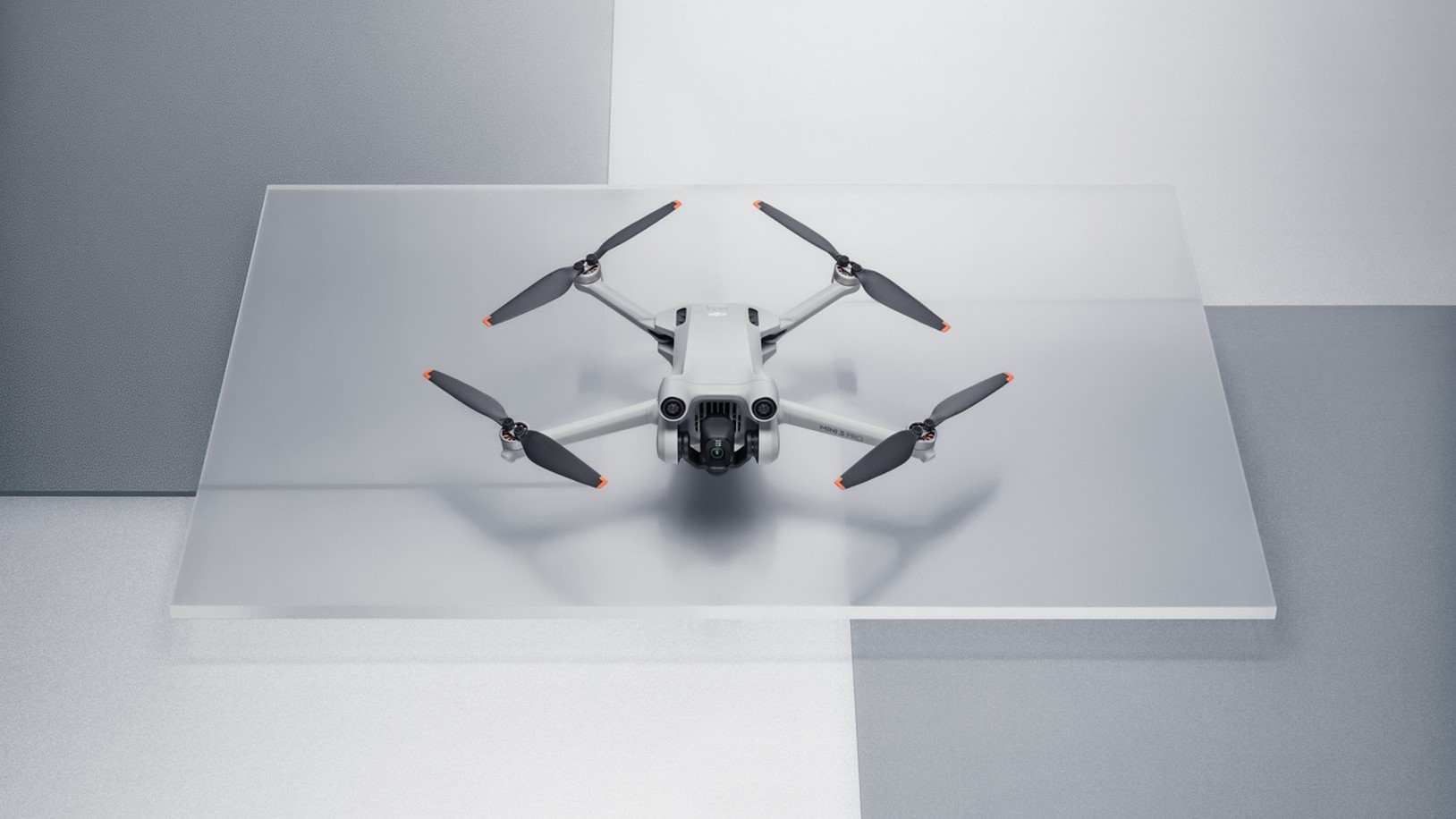
DJI Mini Pro 4 vs DJI Mini Pro 3: Features and Flight
- DJI Mini 4 Pro: Omnidirectional Collision Avoidance and ActiveTrack 360°
- DJI Mini 3 Pro: Tri-directional obstacle sensing and subject-tracking powers
It is in the features and functionality that we see some significant differences between the two models.
The Mini 4 Pro and Mini 3 Pro’'s flight times are almost identical, coming in at up to 34 minutes. However, excitingly, the Mini 4 Pro introduces Omnidirectional Vision Sensing, which is an upgrade to the Tri-directional Obstacle Sensing on the Mini 3 Pro. If you’re confused by the terms, just think of collision avoidance. The Mini 3 Pro was good at detecting obstacles and accommodating for them, but if you want an even more reliable solution then the Mini 4 Pro is the model to choose. It handles small obstacles better and is more suited to complex environments. The inclusion of four fish-eye vision sensors, downward binocular vision sensors, and a 3D ToF (time-of-flight) sensor also aid flight safety.
Omnidirectional Vision Sensing includes something called ActiveTrack 360°, which further extends the drone's tracking capabilities for safer flights. The Mini 3 Pro features Active Tracking, but this doesn’t perform quite as well as its newer counterpart.
In addition to the aforementioned features, there's also an Advanced Return to Home feature, which incorporates obstacle avoidance into determining the most efficient route back to the take-off point. All of this helps the Mini 4 Pro to outperform the Mini 3 Pro in terms of safety for autonomous flying.
The Mini 4 Pro sees the addition of the LightCut app, which can be used to create AI-edited videos at the touch of a button. This is perfect for quick and easy video creation, but it definitely isn't a reason to upgrade. AI tools will no doubt become increasingly integrated into these types of drones, and it will be worth upgrading once these have been more significantly developed and tested.
The Mini 4 Pro includes a Cruise Control feature, seen on higher-end DJI drones, which can lock the drone in flight so you don’t have to continue pushing the control sticks when performing a long manoeuvre. The lack of this on the Mini 3 Pro makes the Mini 4 Pro much richer in overall and general features.
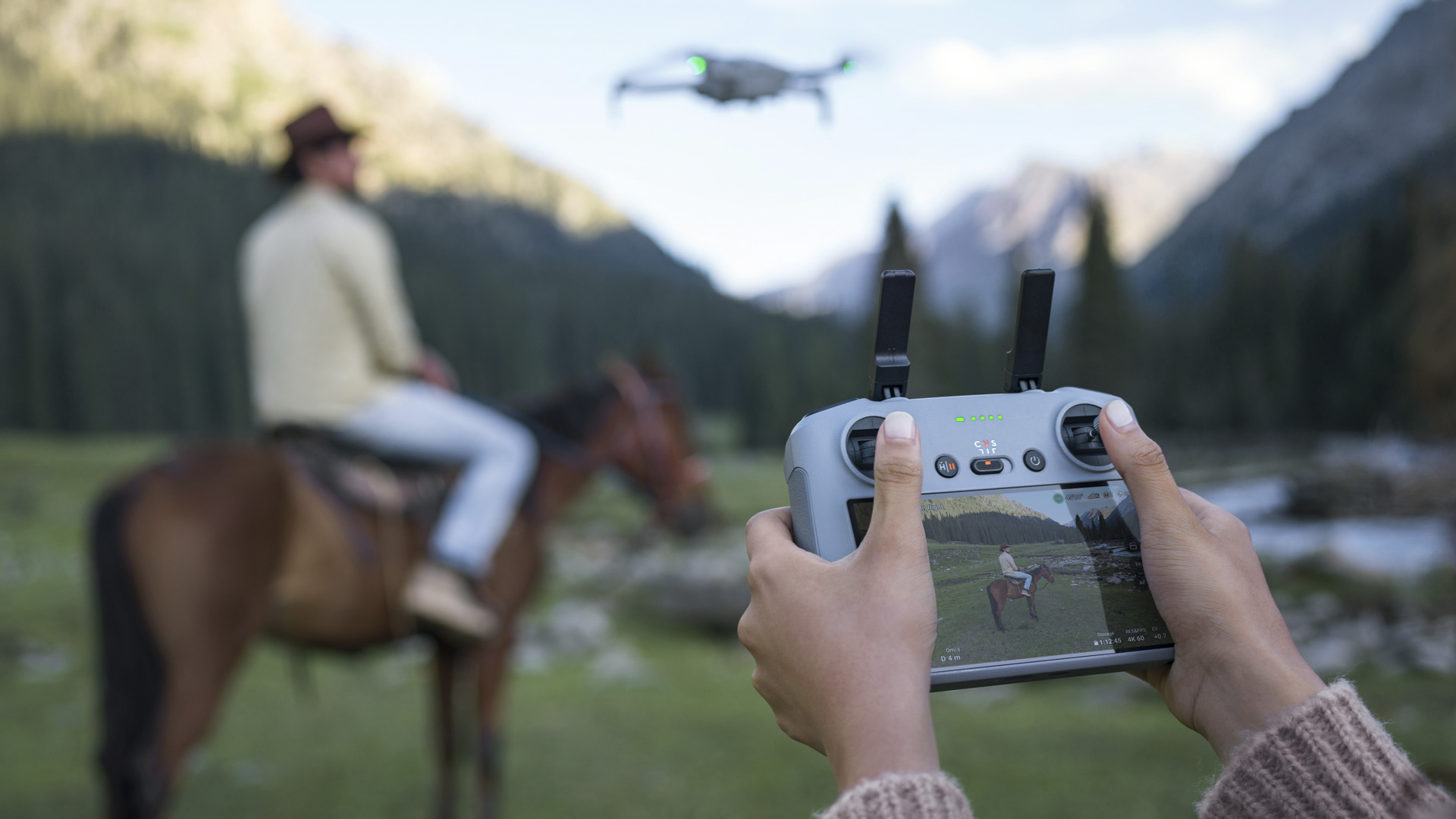
DJI Mini Pro 4 vs DJI Mini Pro 3: Sensor and Image Quality
- DJI Mini 4 Pro: 1/1.3-inch CMOS, Effective Pixels: 48 megapixels
- DJI Mini 3 Pro: 1/1.3-inch CMOS, Effective Pixels: 48 megapixels
The Mini 3 Pro and Mini 4 Pro use the same 12/48-megapixel 1/1.3-inch quad-bayer sensor with large 2.4μm pixels that produces excellent 12-megapixel results in low light, and up to 48-megapixel high-resolution photos when the light is good. The output between the two drones is therefore incredibly similar. If you already own the Mini 3 Pro then you won’t get any significant image quality improvements by upgrading.
An increasingly popular trend is posting portrait photos and videos to social media. Both drones make this possible, without losing image data, by allowing a 90-degree rotation of the camera. There's no need for cropping and losing image data when creating output in a portrait orientation.
On both drones the gimbal can also be tilted between -90 degrees and 60 degrees. Shooting in bright light conditions is made possible through the use of an ND filter pack.
The image quality has improved very little from the Mini 3 Pro to the Mini 4 Pro. Software improvements enhance and improve image quality in some modes, whereas others focus purely on functionality, which has also been extended. An example of this is the Night Mode, which optimises noise handling when shooting video in low light. If you find yourself regularly shooting in low-light conditions then the Mini 4 Pro will handle this better.
Video capture between the two models has been improved in several areas, with the introduction of 4K shooting up to 100fps for slow motion compared to 60fps on the previous model. For those who want super-slow motion, it's now also possible to shoot FHD at up to 200fps, a resolution that will still be sufficient for many projects. If your projects demand slow motion output at a high resolution then the Mini 4 Pro delivers on that front.
Video on the Mini 4 Pro can be captured in Normal, HLG (HDR) and the flat D-Log M profile compared to D-Cinelike on the Mini 3 Pro. The addition of a much flatter and larger dynamic range enables a much higher level of colour-grading options in post-production. Sharpness and noise reduction can now be controlled when shooting video, which is a handy feature for more advanced users aiming for more cinematic-looking footage.
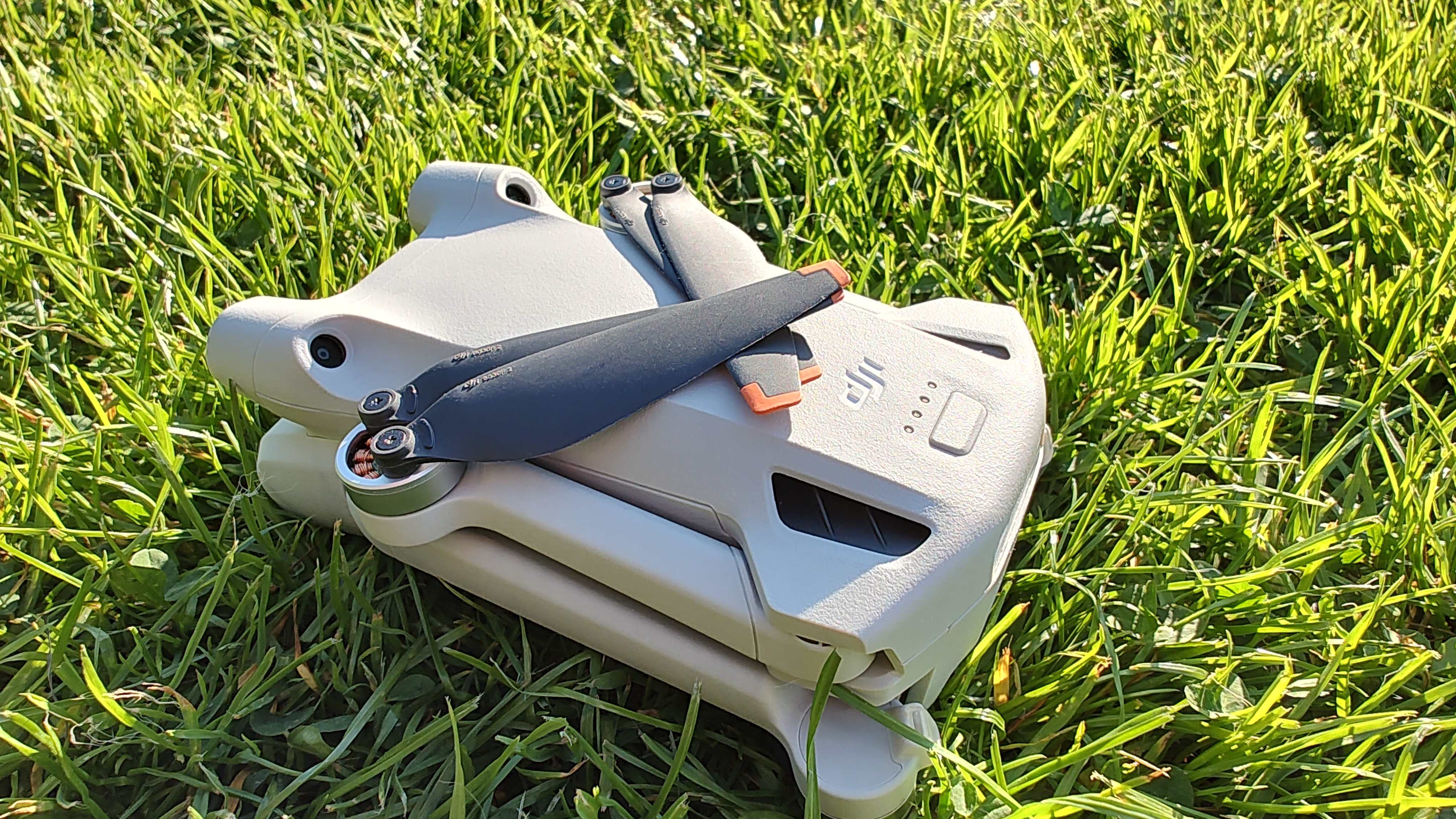
DJI Mini Pro 4 vs DJI Mini Pro 3: Price
- DJI Mini 4 Pro: from $759 / £689 / AUD$1,119
- DJI Mini 3 Pro: from $469 / £429 / AUD $749
Both the Mini 4 Pro and the Mini 3 Pro are available to buy from the DJI Store and authorised retailers. The Mini 4 Pro is around 50% more expensive compared to its predecessor.
If you're happy with a slightly reduced set of features then the DJI Mini 3 Pro is a fantastic choice at a more affordable price.
The DJI Mini 4 Pro (DJI RC-N2) kit costs $759 / £689 / AU$1,119, while the DJI Mini 3 Pro (DJI RC 2) kit is $469 / £429 / AUD $749. These kits include the drone, the relevant controller, one Intelligent Flight Battery, a pair of propellers, a screwdriver, a Pro Gimbal Protector, and a Type-C to Type-C PD cable.
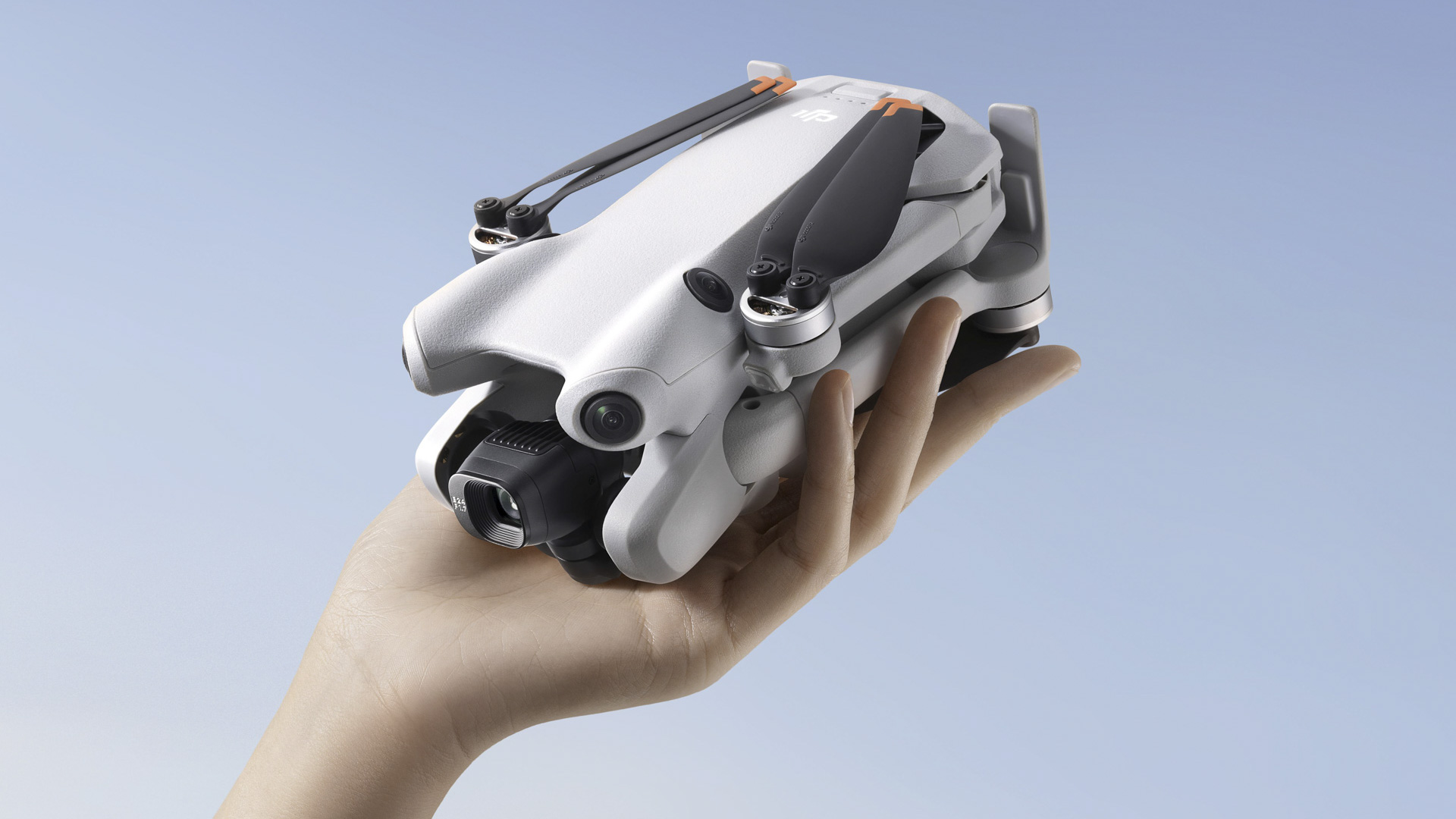
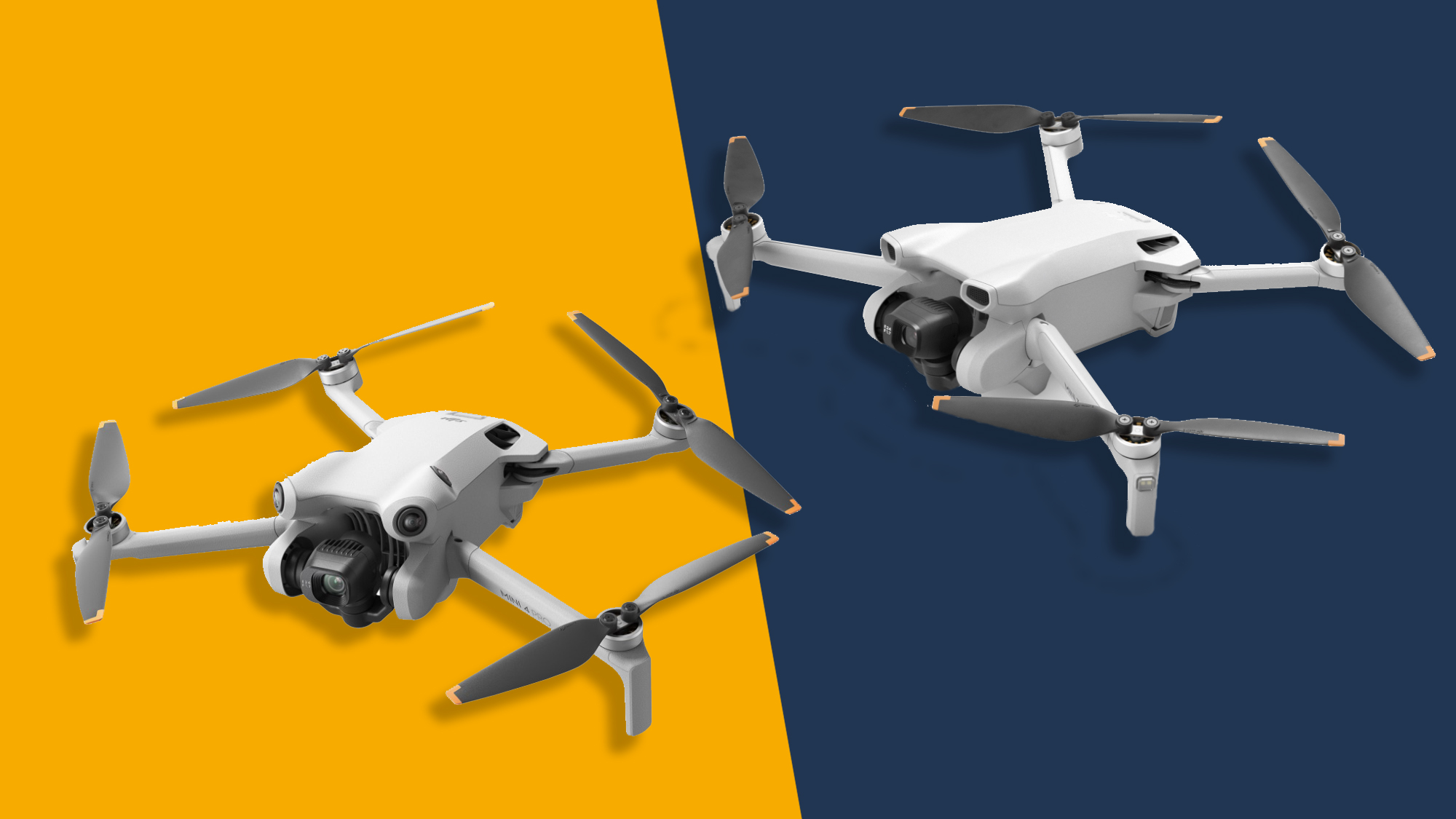
Which one should I buy?
Both drones are amazing pieces of kit. The right purchase for you will depend on your personal requirements and whether you already own a Mini 3 Pro or a similar drone.
The Mini 3 Pro remains a fantastic drone at a great price point, and one of the best beginner drones. The Mini 4 Pro contains extra features that set it apart in a number of ways; but these aren't necessarily enough to warrant the upgrade.
The additional Omnidirectional Obstacle Avoidance makes the Mini 4 Pro a much more reliable option and, in turn, safer to fly in more complex environments.
If colour grading and cinematic quality output is important to you then the Mini 4 Pro’s D-Log M output opens up a world of possibilities post-production. It also puts it in the same category as the Mavic 3.
The Mini 4 Pro is still the best sub-250g drone currently available, and delivers excellent image quality, Omnidirectional Obstacle Avoidance, and a high degree of control over the way video is captured and processed in-camera. If finances are a little tighter and you’d like to pick up a cheaper alternative with a great spec then the Mini 3 Pro will serve you well.
In summary, if you're already the proud owner of a Mini 3 Pro then upgrading isn’t really worth the extra money. If you’re new to drones or want to invest in a DJI drone then the Mini 4 Pro is the one to go for.
You might also like
Get daily insight, inspiration and deals in your inbox
Sign up for breaking news, reviews, opinion, top tech deals, and more.
Paul is a digital expert. In the 20 years since he graduated with a first-class honours degree in Computer Science, Paul has been actively involved in a variety of different tech and creative industries that make him the go-to guy for reviews, opinion pieces, and featured articles. With a particular love of all things visual, including photography, videography, and 3D visualisation Paul is never far from a camera or other piece of tech that gets his creative juices going. You'll also find his writing in other places, including Creative Bloq, Digital Camera World, and 3D World Magazine.
